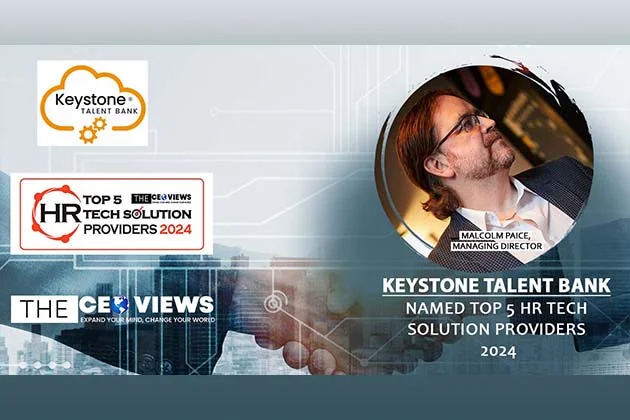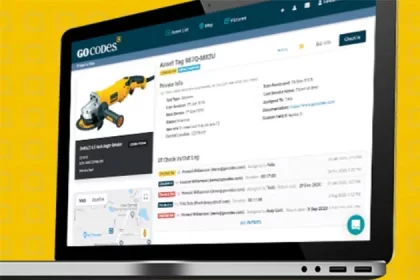Hiring and managing casual workers present multifaceted challenges for employers. The inherent transience of these employment arrangements often leads to difficulties in attracting and retaining skilled individuals, as the allure of job security and benefits may be lacking. Scheduling becomes intricate due to the unpredictable nature of their availability, making it challenging to ensure optimal staffing levels.
Communicating and fostering a sense of belonging within a temporary workforce can be problematic, potentially impacting morale and productivity. Moreover, managing performance and providing consistent training amid the ever–changing composition of the workforce requires a flexible and adaptive approach.
Legal complexities related to compliance with labor laws for temporary employment further contribute to the intricacies of managing this segment of the workforce. Successfully navigating these challenges demands a strategic and nuanced approach to recruitment, onboarding, and ongoing engagement to optimize the contributions of casual workers within the organizational framework.
No need to worry–Keystone Talent Bank has you covered. Talent Bank from Keystone provides an organization with a complete suite of online tools for hiring and managing casual workers. With a simple online search facility workers can be hired in seconds and with all compliance, timesheets, and payroll facilities in one place, it’s never been easier to manage your temporary workforce.
We had the privilege of interviewing Malcolm Paice, Managing Director. Here is a snippet.
Can you guide us through the history of Keystone Talent Bank, starting from its inception to its current unwavering position? What are the major achievements and milestones it has reached thus far?
So, the origins of Keystone go right back to when it started as an employment agency, servicing contingent worker requirements across a wide number of sectors. Historically that business was very successful but in need of digital transformation and in going through that process and building an enterprise–quality application to make the business processes more frictionless, we created a technical solution that worked not just for us, but could be rolled out to the client end-users directly to deliver a true self-service model.
This was especially prescient in the higher education sector, where the business already had some key clients, and we found that with some well–targeted development work, our Talent Bank solution met several key challenges that the sector faced with its casual workforce.
So, we spent a couple of years honing the technology specifically for the higher education market, with universities coming to us with their very well–defined challenges that needed addressing around worker compliance controls, managing pay rates, and automating processes for workers who may have multiple roles active at any one time.
Another significant milestone has been our extensive work in building out our platform to accommodate the very complex cohorts of occasional teaching staff in universities. The higher education sector is of course very reliant on Hourly Paid Lecturers, Visiting Tutors, Graduate Teaching Assistants, and other Academic Contractors, but these workers have quite complex requirements, undertaking multiple work streams that are paid at different rates.
Why is Keystone Talent Bank a top provider of online workforce management and casual worker solutions in the UK? How does the company strive to establish the industry standard for HR tech solutions?
There are two main factors in making us a leader in this field: the first is always honing our development and product roadmap based squarely on the specific problems our clients need to fix and the second is having superb back–office customer service and support.
These two factors dovetail together with great customer service and support you will get to hear what your customers need and where their focus is – and then you can develop your solutions to target those needs, so you’re not just building features you then have to try and sell, you’re always delivering what is purposefully needed.
With a full suite of compliance and control measures built in, we ensure casual workers are hired in an assured manner.
How does your Talent Bank platform help organizations in hiring and managing the best talents?
That starts with the candidates completing a well–tuned profile within Talent Bank. Thereafter we work with the organization to create any sub–organizations, Job Families, and other internal segmenting/categorization of workers so that it fits exactly the hiring patterns and requirements of the hiring managers in those organizations. Down to department and individual manager level, we let them create custom groups of workers, and this way the search and find element is reduced to a simple three–click process, superfast and with immediate results.
What major trends or developments are you observing in the sector? How does your company make use of these technological trends to deliver the best outcome?
The first trend to mention is the shift away from the use of traditional employment or recruitment agencies. Apart from the historically high cost, the analogue, often slow results from that approach are simply not fitting with the way organizations like to work and especially not the way they want to engage with contingent workers. Speed and accuracy with efficiency is what is needed and very often that means digitizing and automating processes is key. If you are hiring hundreds of different workers across many different divisions you really cannot filter the hiring and management of that process through an analogue agent. Digitizing these processes with platforms such as Talent Bank is not just speeding the process up, it is placing hard controls around policy and the immovable items- such as legal and regulatory compliance.
The second trend worth mentioning is the internal shift away from multiple tools to manage the occasional workforce. Over time, perhaps understandably, many higher education institutions in the UK have found themselves with a ‘patchwork quilt‘ of multiple spread- sheets, HR systems, applicant tracking systems, offline records, and processes, all of which amount to a lot of time and effort, but being so disjointed they are also prone to risk – with audit trail often being the first casualty.
How do you envision the future of the industry, and what strategies do you have in place to position your company for success in that evolving landscape?
Technology in the HR space still has a fair way to go on the journey of consolidation. There are so many different platforms doing one small part of the people process – ATS systems are a good example – there are so many on the market, and most only solve one small part of the people process and a lot will never make it long term. Across HR tech there are many examples, and more are realising that consolidated platforms that solve each stage of the process are what’s needed: from search and hiring, to contract and pay management, to payrolling and all of the data points around that all of this functionality needs to exist in a homogenous technology stack.
In positioning Keystone Talent Bank, we are adding in more features, that would previously have required the end users to jump off into another system or application so that there is an ever–expanding one–stop–shop for workforce management. We keep our platform configurable, so we can accommodate very simple or very complex use cases and, most importantly, we continue to carefully grow our team with the best people with the best fit for our clients.
Meet Malcolm Paice- Leading the way with expertise and vision
Malcolm Paice, Managing Director is an experienced business leader with a proven track record in ensuring businesses make the most of their people, products, and technology to deliver customer success, growth, and profitability. He is well–versed in operations, digital transformation, and business turn-around projects requiring a high degree of change management and scalability.










